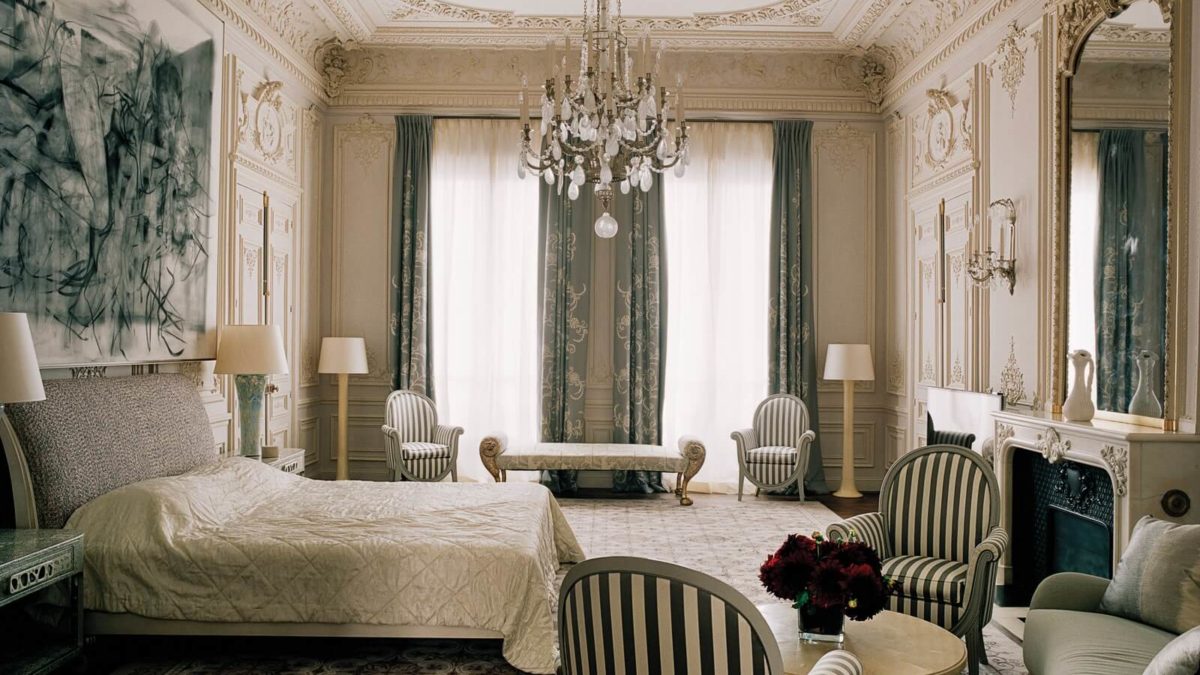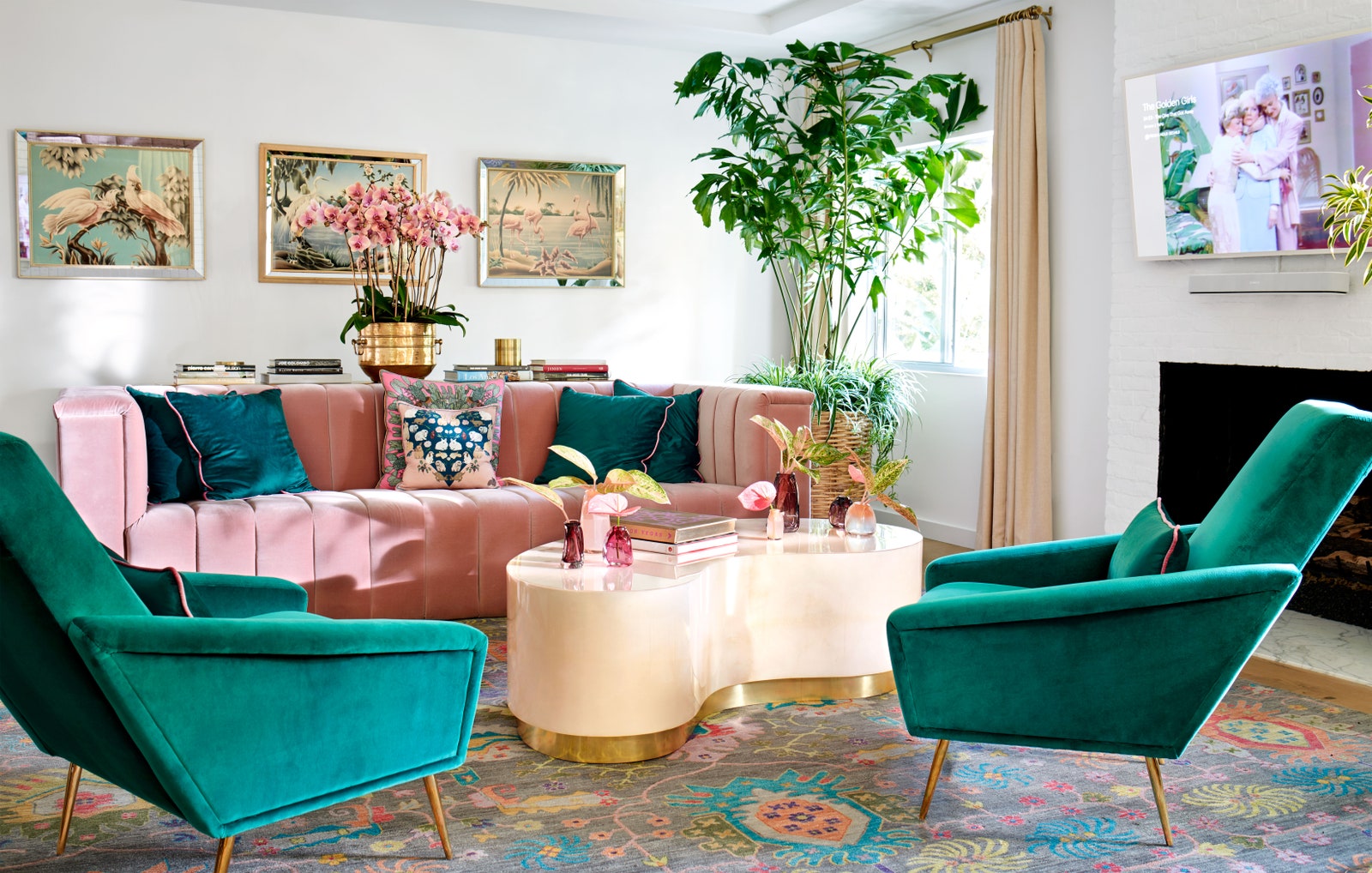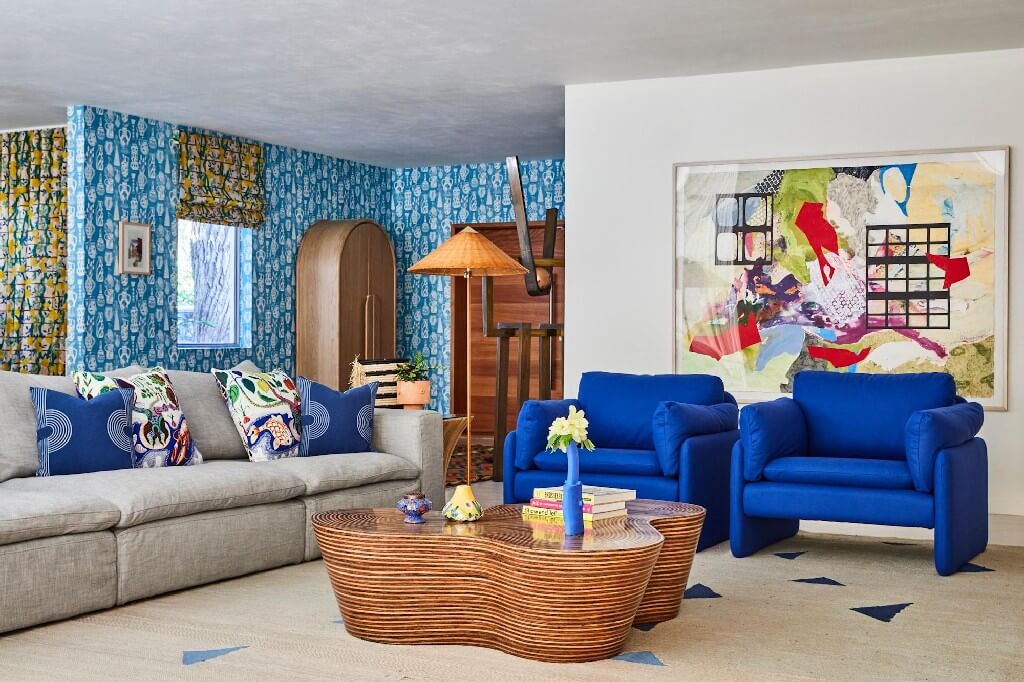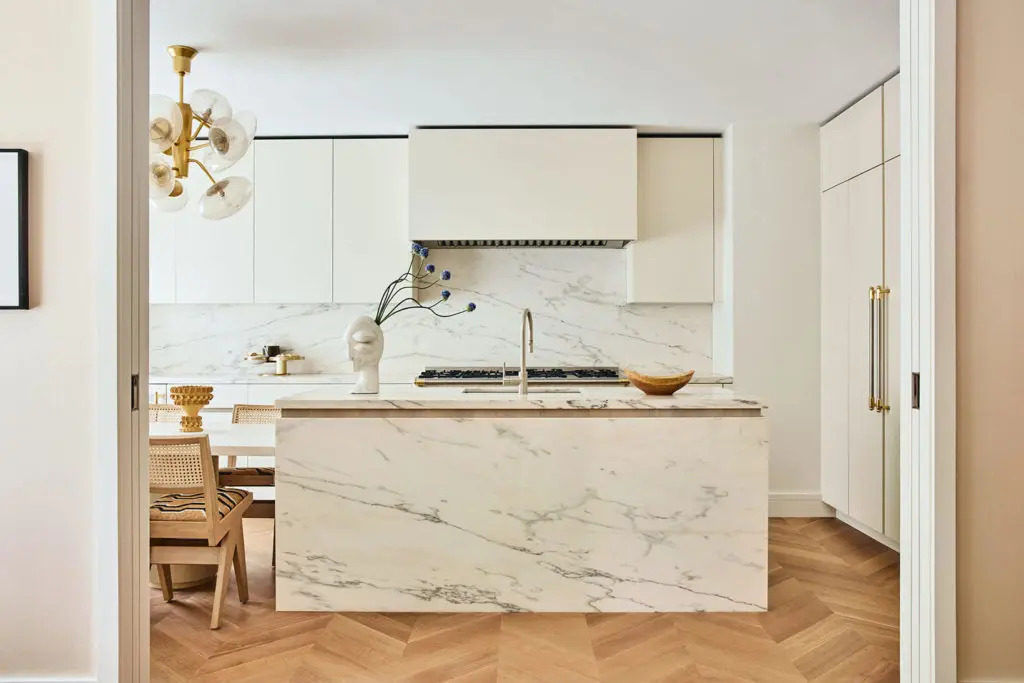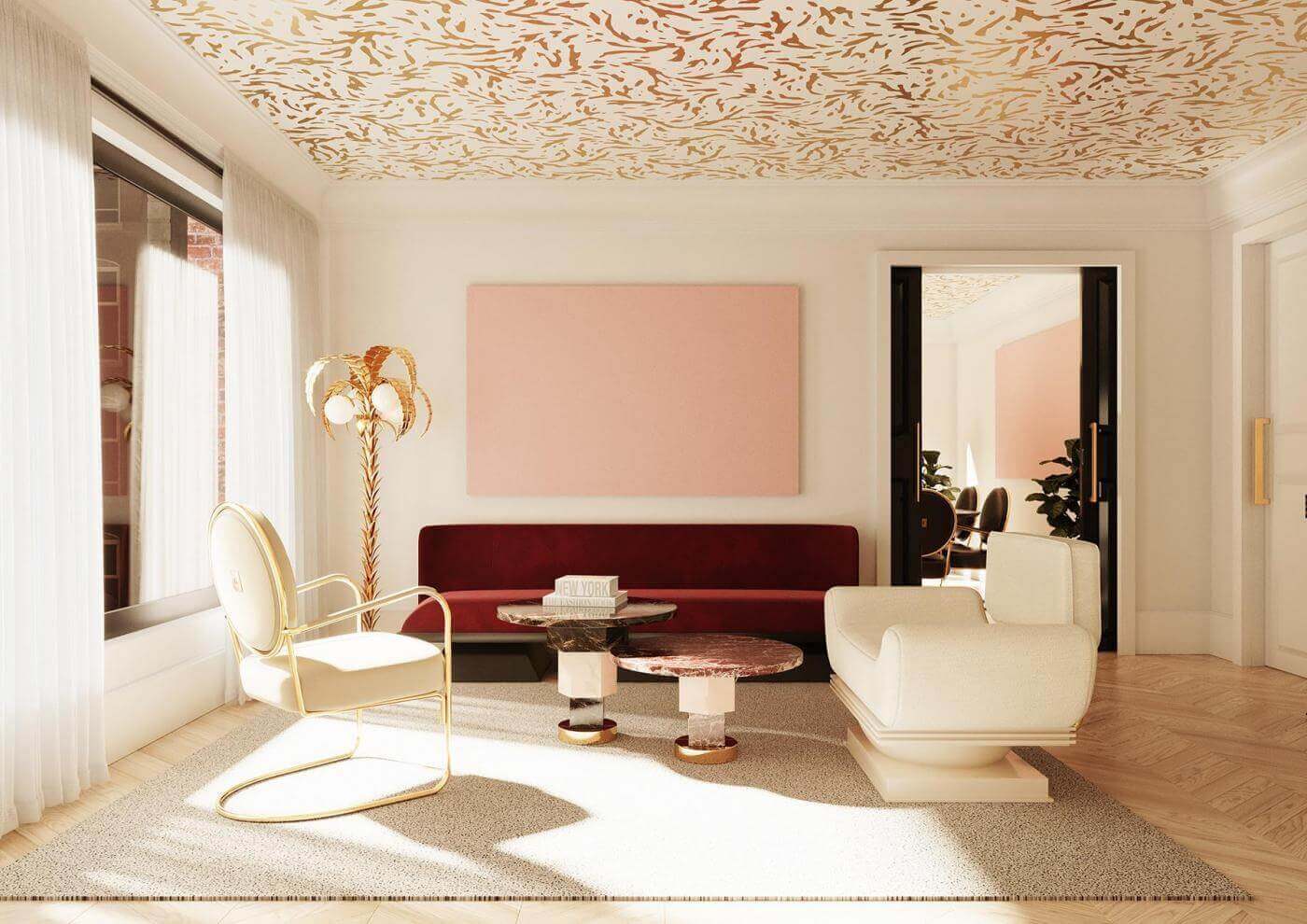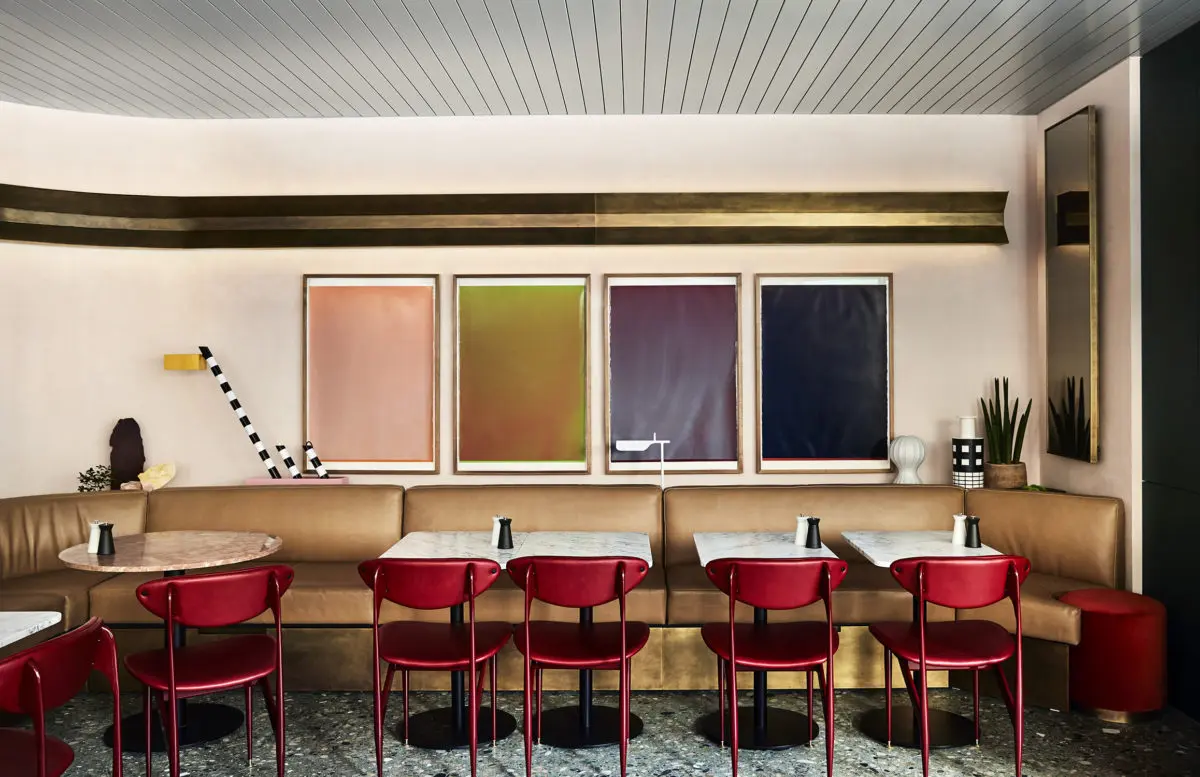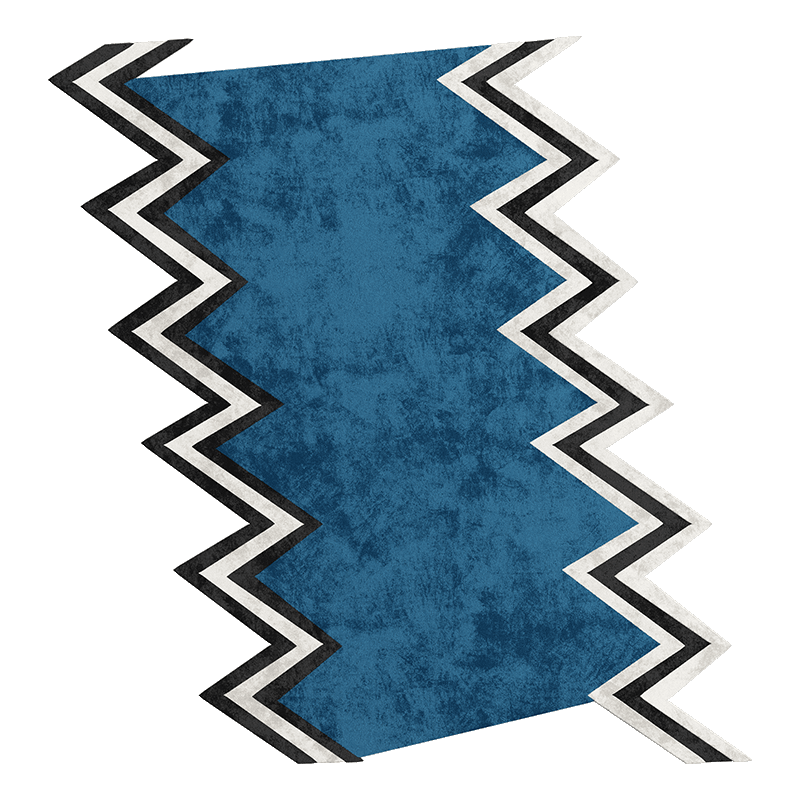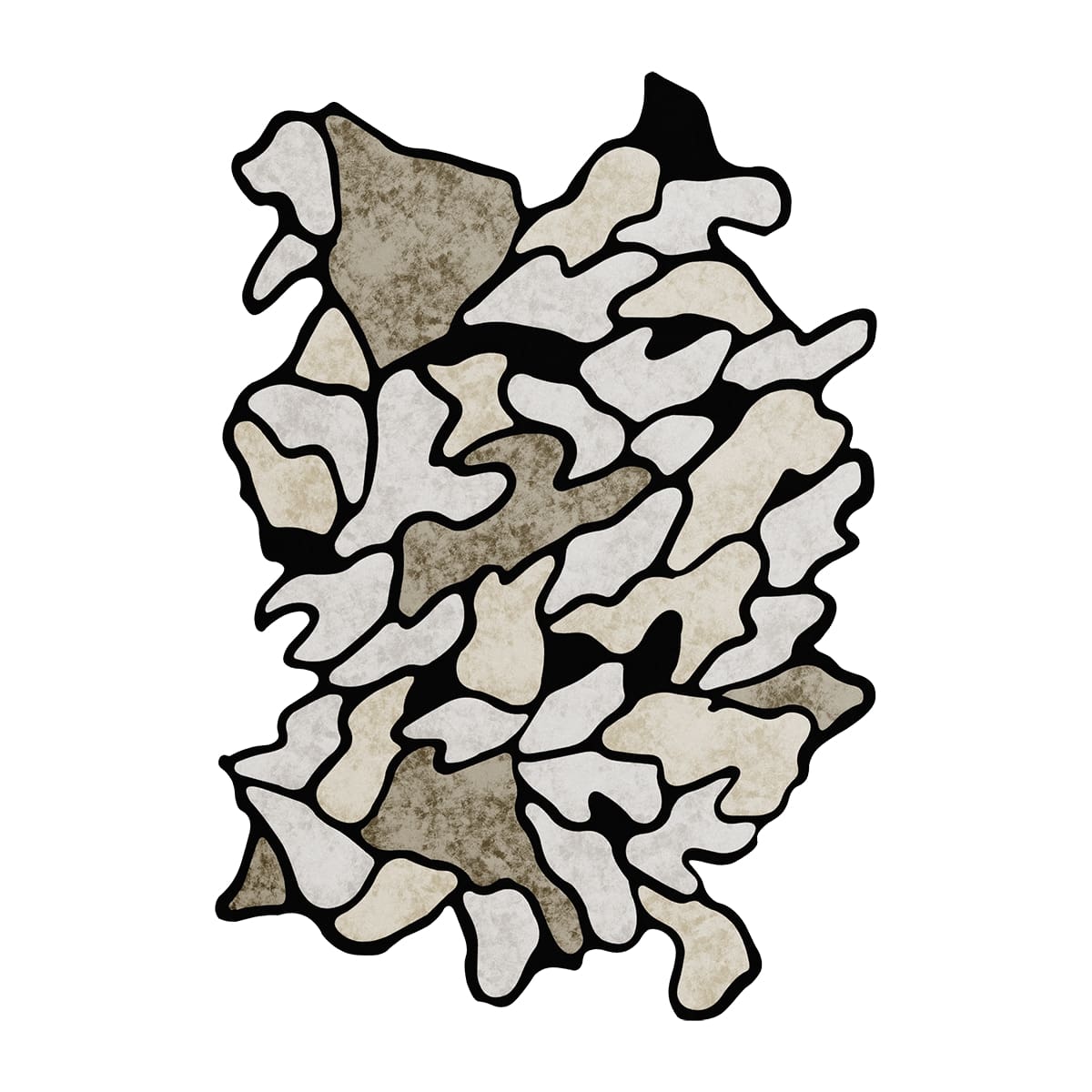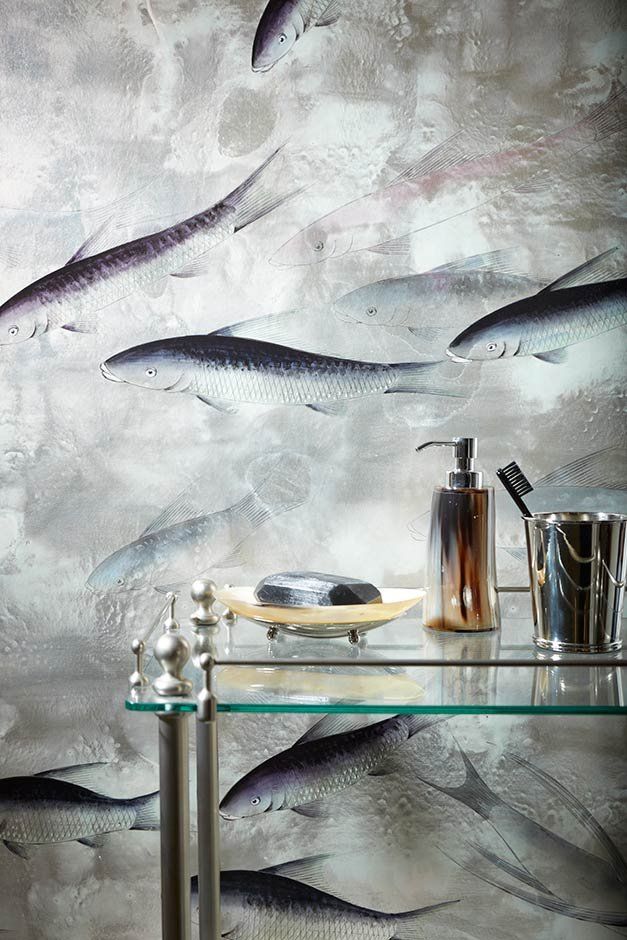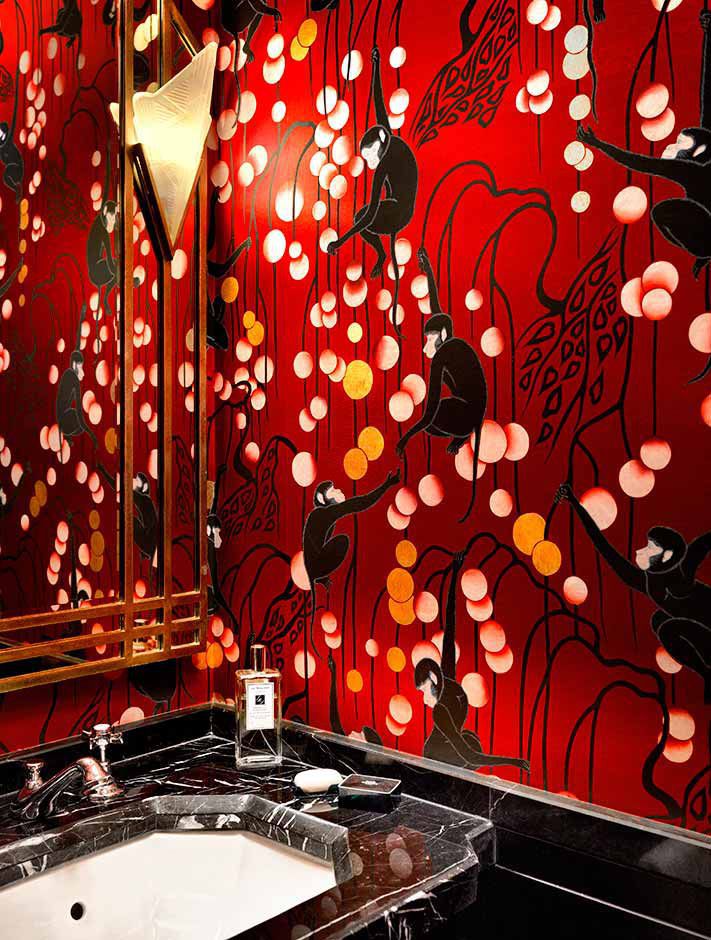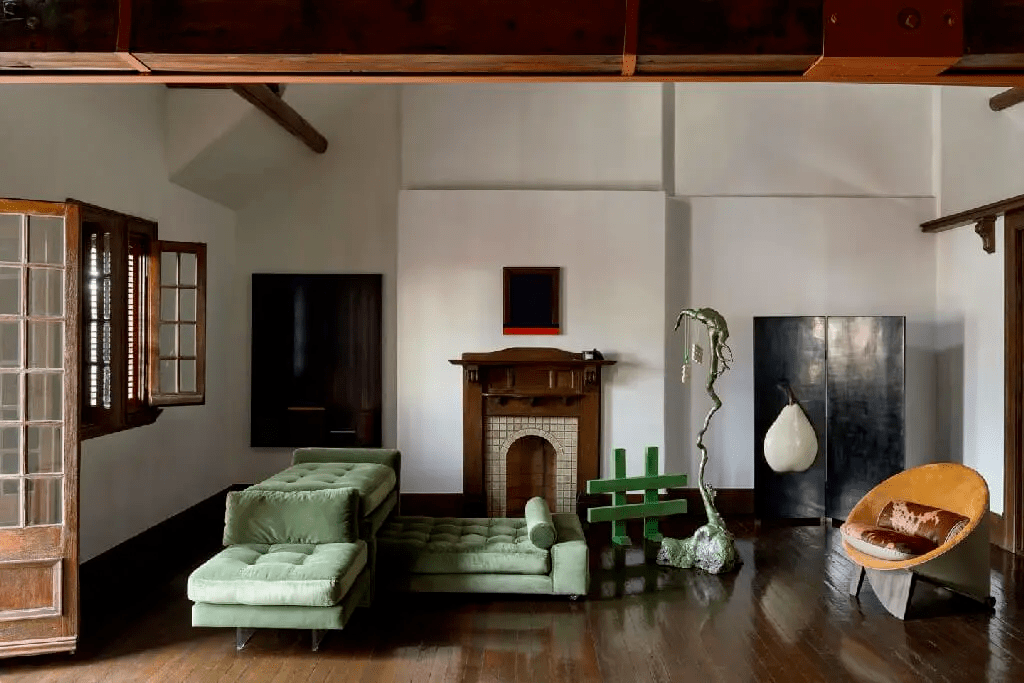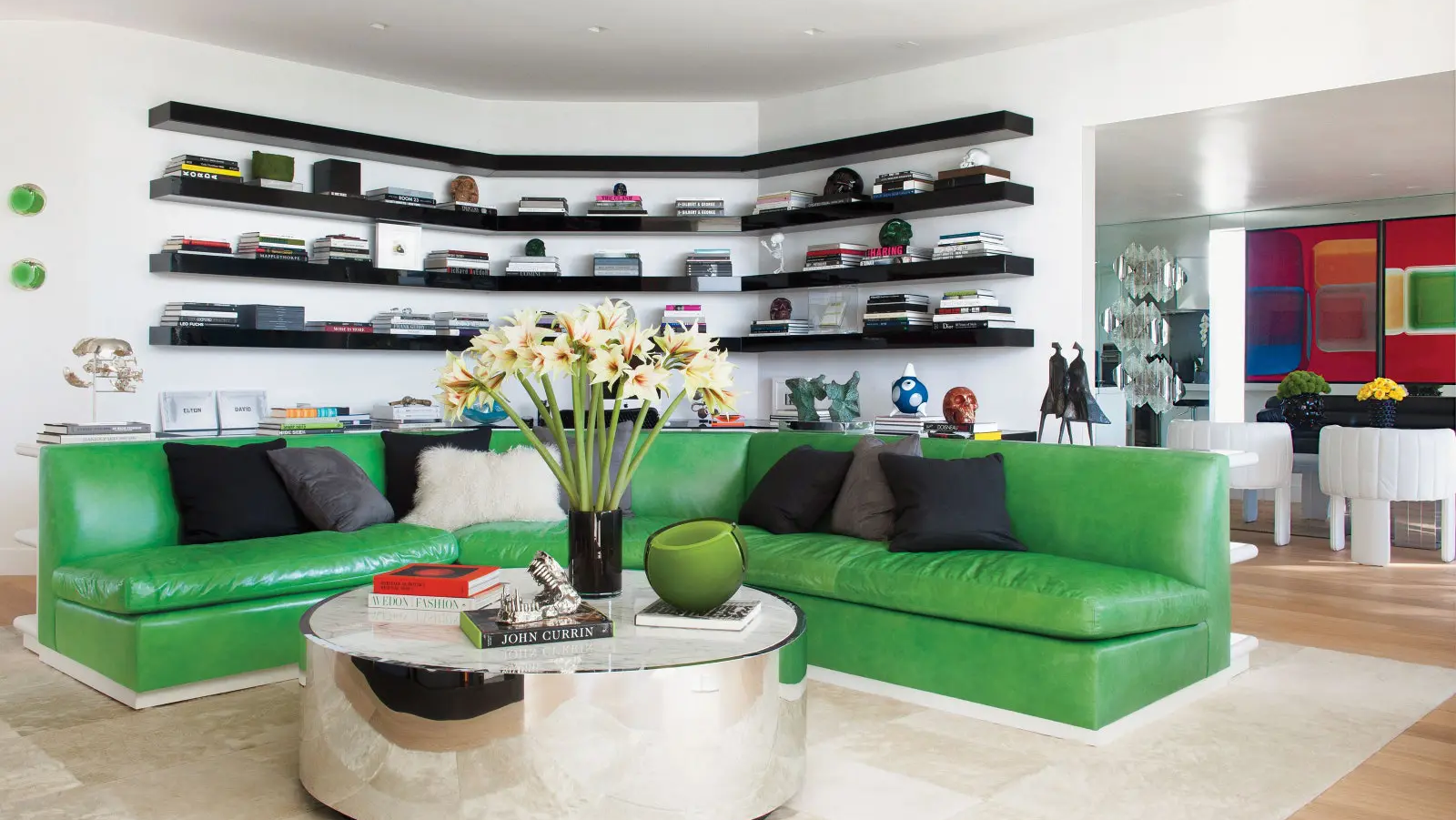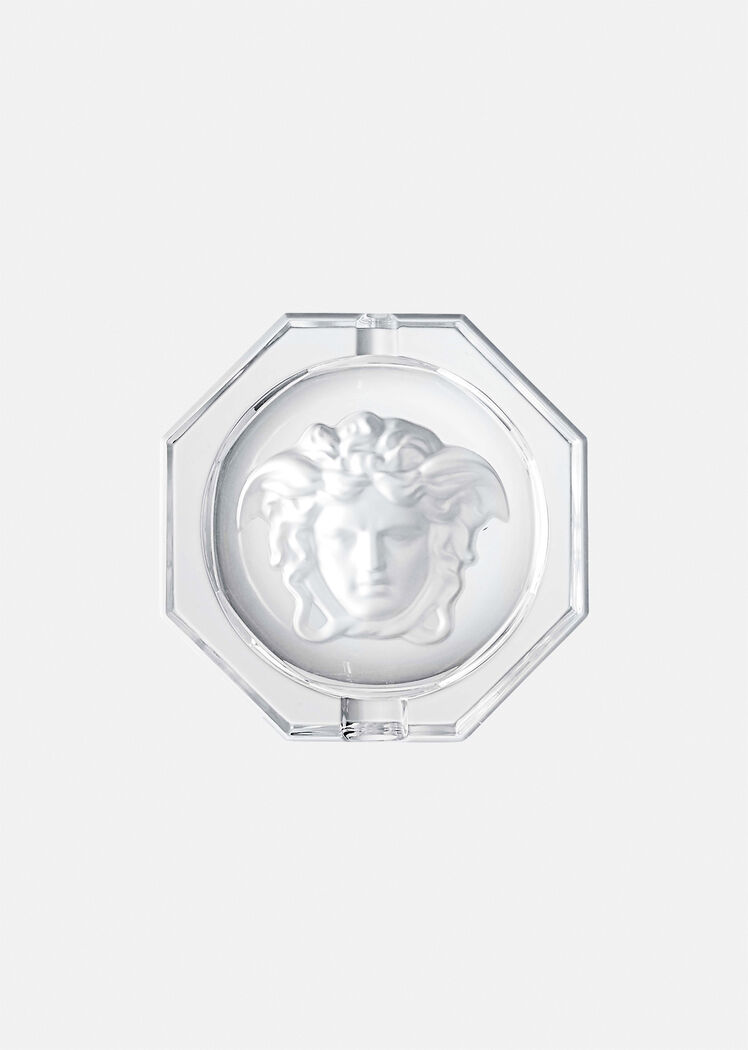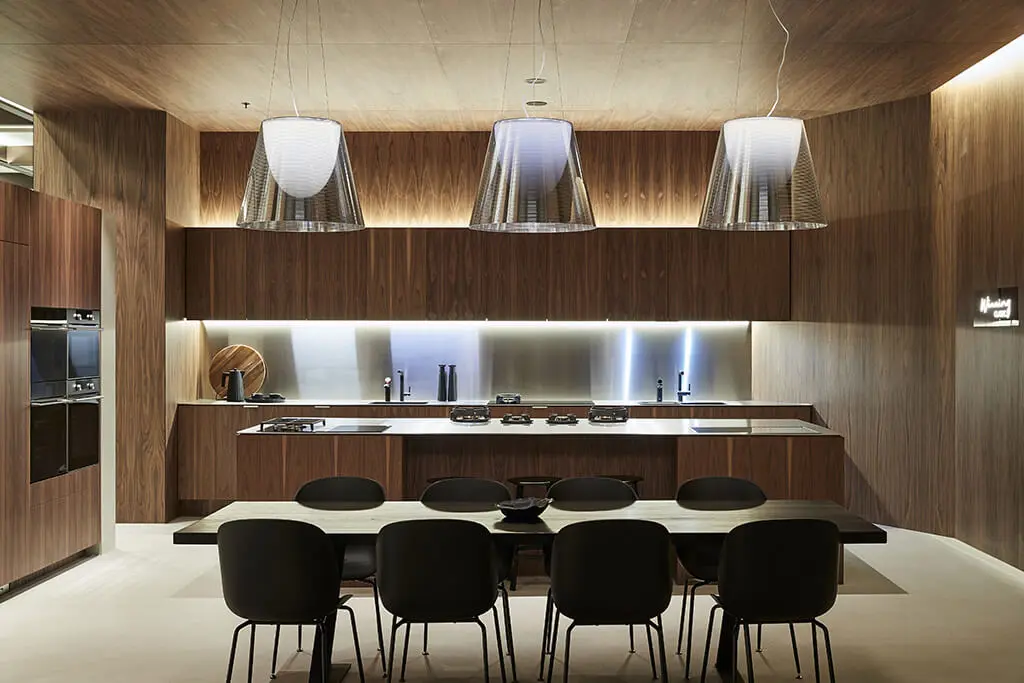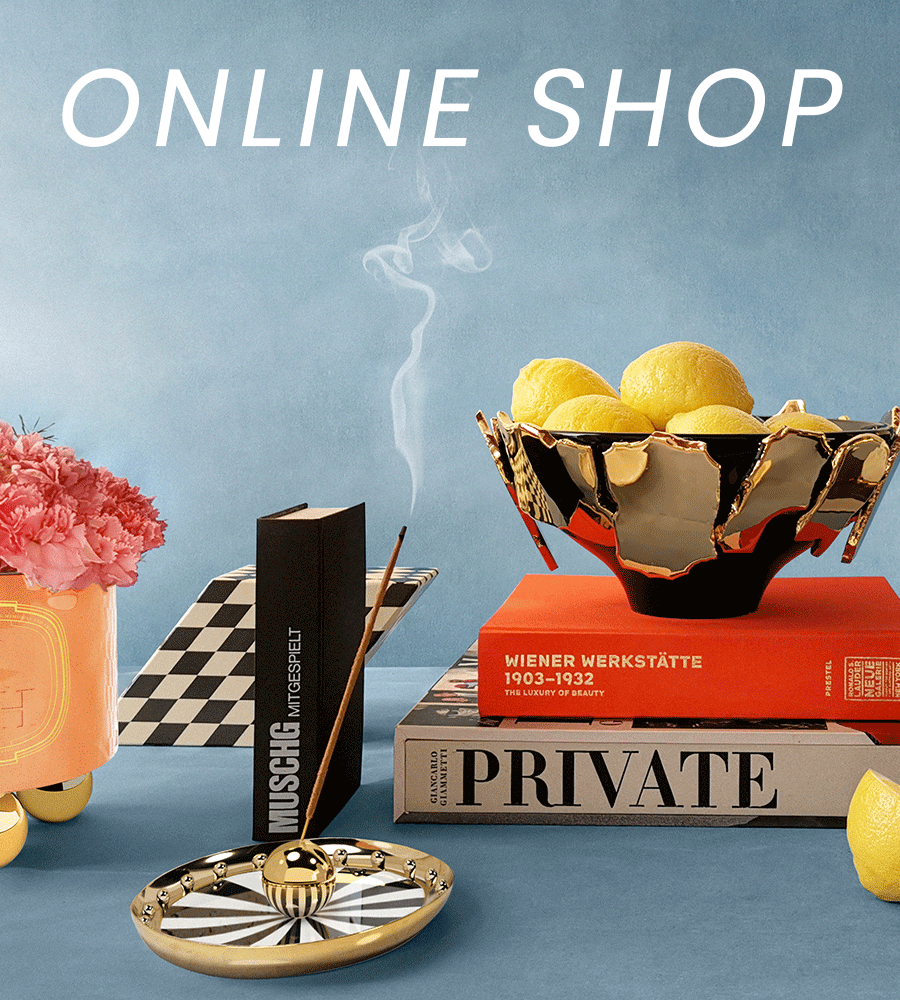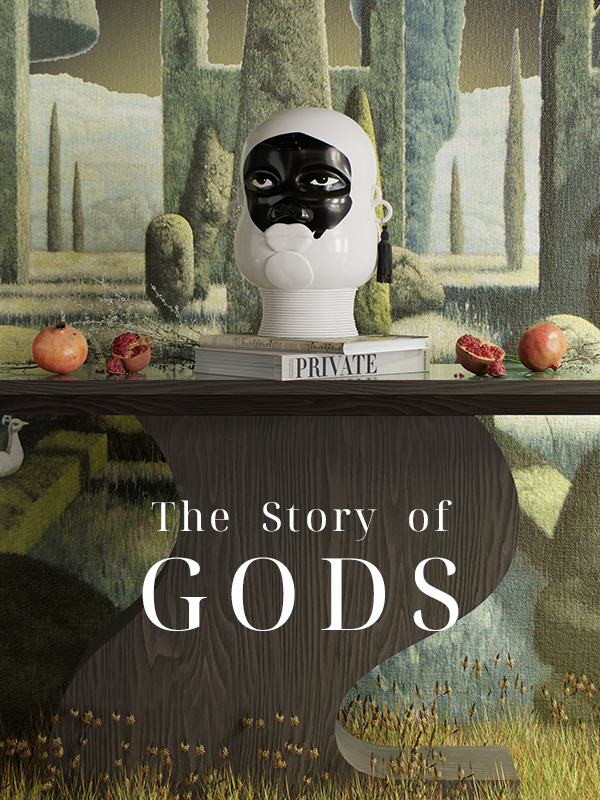What is texture? What types of texture are there? Why is texture so important to interior design? And how to add texture to interior design? You may be wondering about these questions, but not for long.

WHAT IS TEXTURE?
Texture is the visual or tactile surface characteristic and appearance of something. Texture can be rough or smooth, shiny or mate, straight or curvy. In other words, texture is the object’s element that determines how it is perceived by the eyes of the beholder.
WHAT TYPES OF TEXTURE ARE THERE?
There are three types of texture to interior design – physical texture, visual texture, and light reflection.
Physical texture or tactile texture is the pattern of variation upon a solid surface. Usually, the physical texture is associated with a material’s characteristics. For instance, primary types of tactile texture are wood, stone, leather, fur, fabrics such as silk and linen, and metals such as brass and steel. However, even though these are the commonly used textures in interior design, textures are everywhere, from a wood branch to a draft paper.
Visual texture is the perceived surface quality of an object. We can also say that visual texture is the illusion of an object having a physical texture. In design, a 2-dimensional object acquires texture when applying 3D characteristics. In interior design, the visual texture depends not only on patterns but also on objects display in a room.
Light reflection is different on a rug or a polished marble floor. In this manner, light reflection is a multi-layer texture that implies how space and texture are perceived. Depending on the temperature of the bulb, the disposition of the lamps, and the spreading of the light throughout the room, the room’s emotions may change.
WHY IS TEXTURE SO IMPORTANT TO INTERIOR DESIGN?
Texture to interior design is essential. It adds emotional attributes to the room and alters the perception of the beholder. It affects the perception of dimension, space, and hue as well. Therefore, texture works as a stimulant in interior design. It will add vibrancy and movement and create an identity and personality.
To illustrate, think about medical clinics – light and bright hues and tiles, as well as marble, may come to your mind. If you think about your favorite restaurant, you’ll envision warm light with low intensity. On the other hand, if you look at commercial spaces, from Zara’s store to Channel’s, you’ll find gold fixtures. These textures, both tactile and visual, anticipate your feelings and emotions in each of these spaces.

HOW TO ADD TEXTURE TO INTERIOR DESIGN?
COLOR
First and foremost, add color. But “adding color” is deeper than it sounds. Adding color to interior design is about choosing the right hue. White can be cool white or warm white. Green can be mint or earthy. Color is more about emotion than pigmentation. When creating texture on your interior design project, you must ask yourself – or your client – what you want to feel when entering the room?
According to color psychology in interior design, color has the main role in provoking emotions in interior design.

LAYERS
Layering is what creates depth, balance, and contrast. Especially in monochromatic interiors. If your working with a limited color palette, use as many textures as you can – flooring, rugs, upholstery, cushions, ceramics. Layers are used to differentiate one object from another and to highlight them as well.
WALLPAPER
Wallpaper adds character to a room. And including it in your interior design project is a way to pursue further renovation. By switching wallpaper, a brand new atmosphere – or emotion – is born.
More than any other decorative element, wallpaper adds visual texture to interior design.
UPHOLSTERY FABRIC
An armchair or headboard might have a completely different look from the same furniture piece with different fabrics. That is the power of upholstery fabric – it allows endless customization options, creating various interior design styles for the same product. At the same time, upholstery fabric adds texture – both tactile and visual.

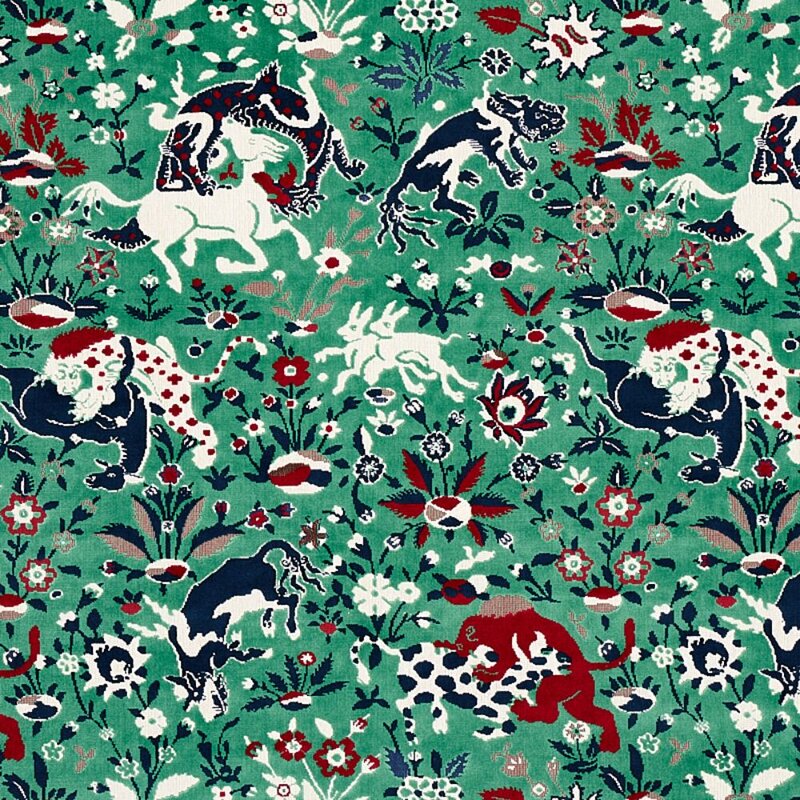
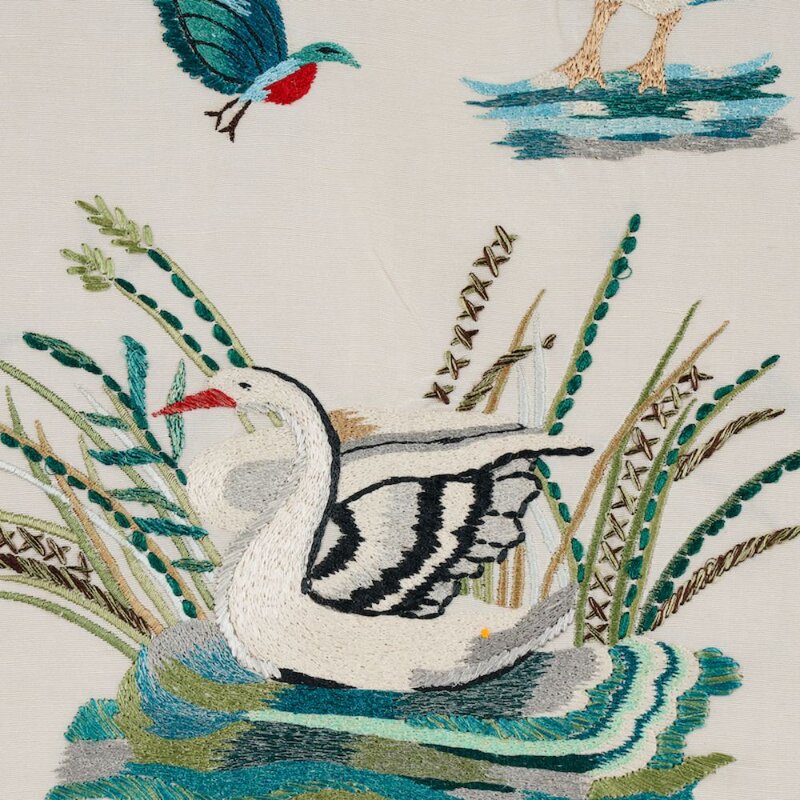
CONTRASTING FABRICS
If upholstery fabric is important to create visual vibrancy, contrasting fabrics are important to create emotions. Think of silk cushions against velvet fabric or leather cushions against the same very velvet fabric. Silk feels cool. Therefore silk is a good fabric for a summer feeling. At the same time, a leather cushion is heavier – when juxtaposed with a velvet sofa, it will feel like wintertime.
The contrasting of fabric is essential to the outbreak emotions.



TEXTURED HOME ACCESSORIES
Just like fabrics, home accessories beautify a room by adding volume, shape, and depth. Home accessories are essential to add texture to interior design – they come in many sizes, from an ashtray to a contemporary sculpture and materials like glass, stone, acrylic, and ceramic.
LIGHT REFLECTION
At last but not least. While color is the main character to dispel emotions, lighting dispels moods. White light bulbs display a harsher mood. Contrasting to it, warmer light displays a cozy and welcoming environment.
The saturation of light is crucial. Nevertheless, the lighting fixture is equally important – a chandelier and a sconce are very different. Both provide light, but where and how they illuminate the room varies. So, again, you must ask – what the purpose of the room? Is it a reading room, a spa, or a medical practice? Then, you must decide on the type of lighting fixture you will include. It must be functional. But it doesn’t need to be boring.


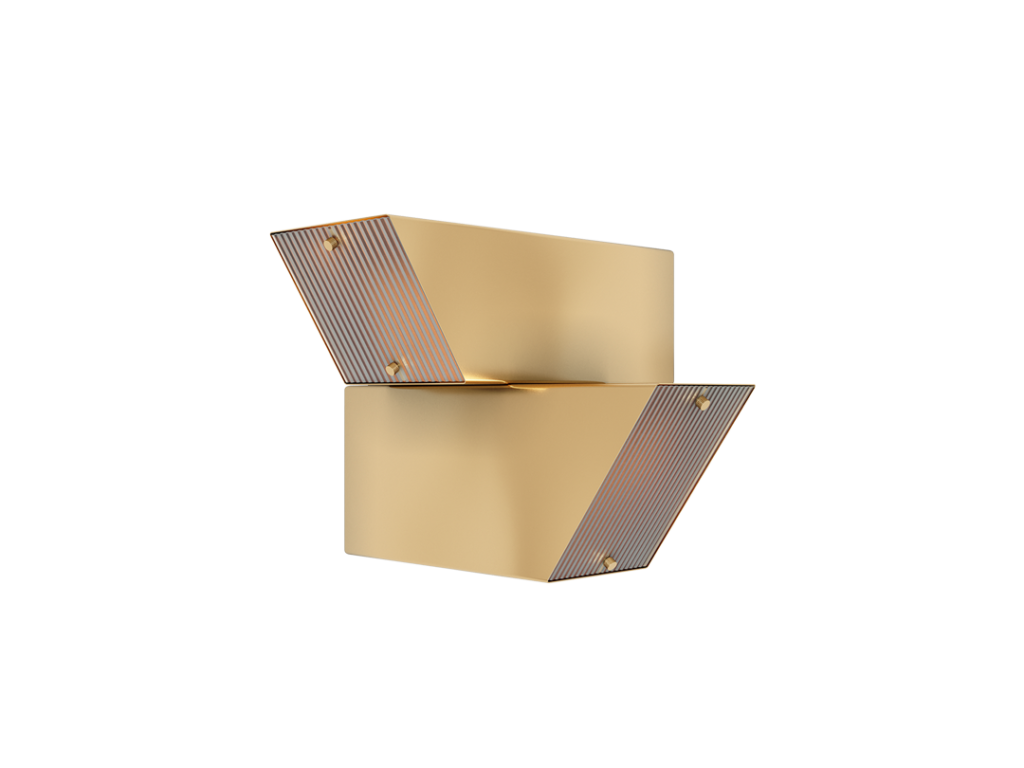

Source: LUXDECO














